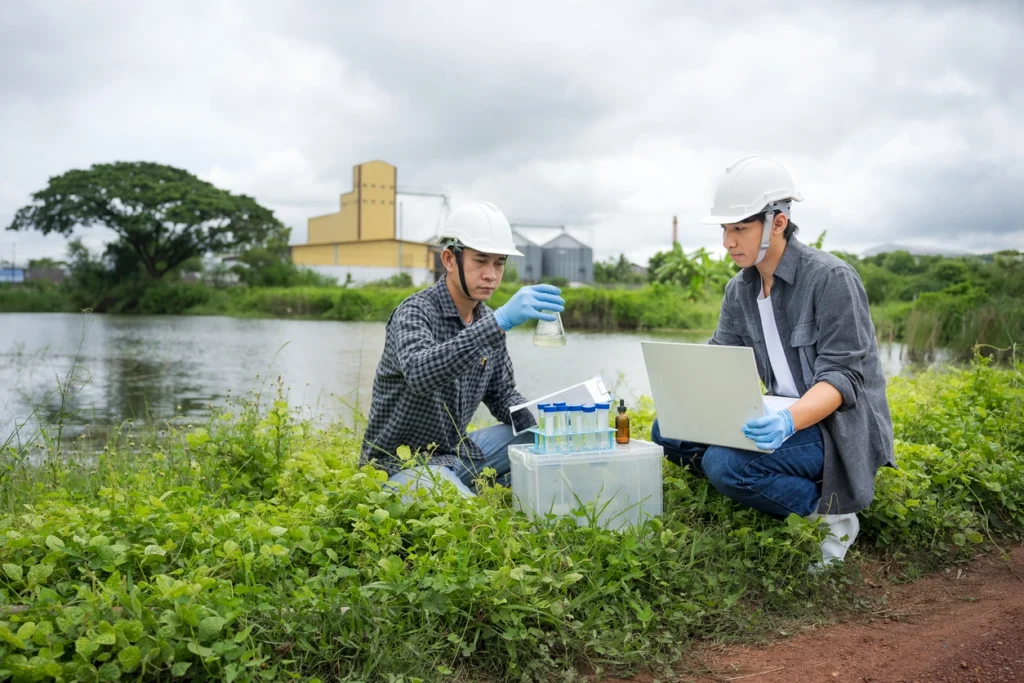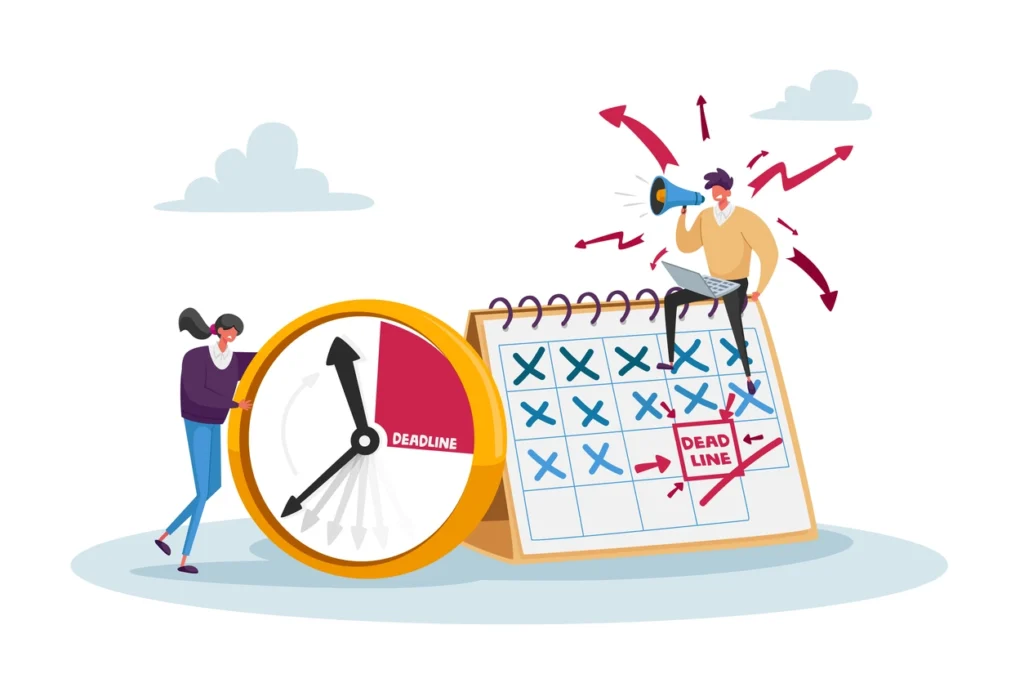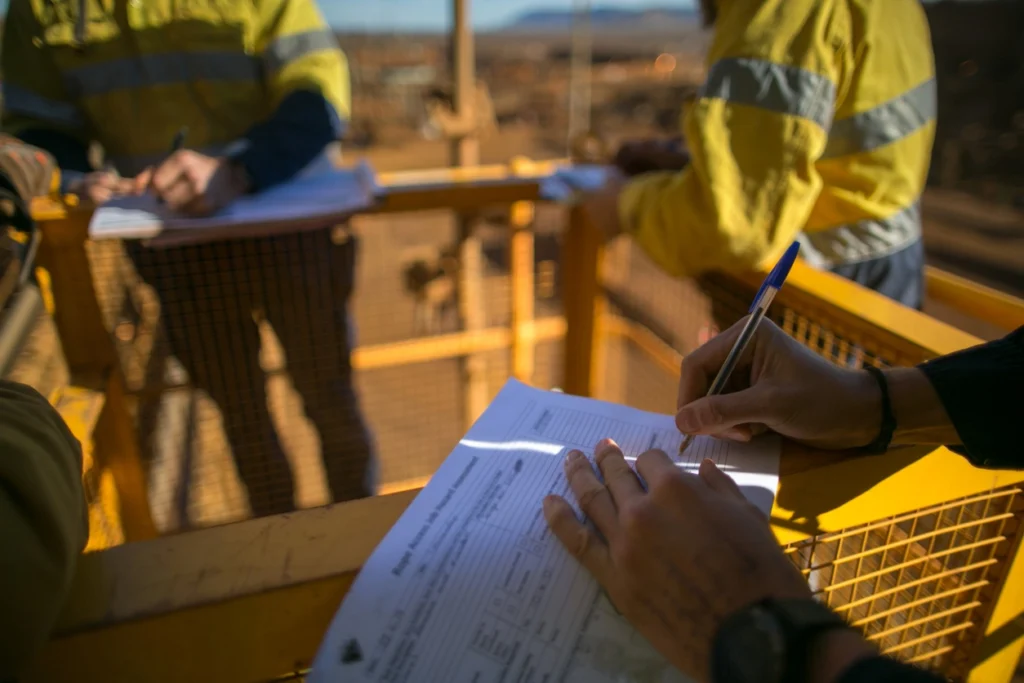Real estate transactions involve significant financial risk, and knowing how long a Phase 1 ESA is good for is crucial. Environmental assessments like Phase 1 ESAs, TSAs, and Baseline Environmental Assessments act as safeguards, uncovering potential contamination issues that could threaten your investment’s value or leave you liable for costly cleanups. However, these assessments must be up-to-date to provide reliable protection.
While industry standards establish baseline validity periods for environmental assessments, it’s essential to understand that these are not absolute. Changing property conditions, new discoveries, and evolving regulations might necessitate reassessment, even before a standard expiration date. This article will guide you on when assessments are considered valid and when updates are crucial for responsible real estate decision-making.

Understanding Expiration: Key Timeframes
Environmental assessments, like Phase 1 ESAs, TSAs, and Baseline Environmental Assessments, have standard validity periods to ensure the accuracy and reliability of the information they provide. These timeframes act as a guideline, but it’s crucial to remember that updates might be necessary even before the standard expiration date. Here’s a breakdown of typical validity periods and factors that might trigger reassessment:
Phase 1 Environmental Site Assessments (ESAs)
The industry standard for Phase 1 ESAs is a validity of 180 days, with updates required annually. Updates become necessary if new information surfaces about the property’s history (e.g., discovery of past permits, records of spills), changes in land use occur either on the property itself or on adjacent properties, or major physical alterations are made (e.g., demolition, major excavation). Additionally, significant changes in environmental regulations can necessitate an update.
Transaction Screen Analyses (TSAs)
TSAs typically have shorter validity periods, often around 90 days. Similar update triggers apply as with Phase 1 ESAs, but it’s essential to consult with your environmental professional for their specific timeframe recommendations.
Baseline Environmental Assessment (BEA – Michigan Specific)
Baseline Environmental Assessments might have extended validity periods compared to Phase 1 ESAs, depending on specific conditions. For updated requirements and situations necessitating a new BEA, it’s best to consult with the Michigan Department of Environment, Great Lakes, and Energy (EGLE). A Baseline Environmental Assessment often focuses on establishing a baseline, and updates may be more dependent on changes to the property than a strict time limit.

Why Expiration Matters
Key Areas to Cover:
- Liability Risks:
- Explain how an outdated assessment can leave buyers vulnerable to inheriting liability for contamination discovered later.
- Discuss how it could compromise their ability to claim CERCLA “Innocent Landowner Defense.”
- Changing Conditions:
- Emphasize that properties are dynamic – demolition, construction, new businesses nearby, or even changes in how the land is used can introduce new environmental risks.
- Highlight that outdated assessments wouldn’t reflect these changes.
- Regulation Shifts:
- Briefly explain that environmental regulations evolve, and assessments must meet the latest standards for compliance.
Focus Options:
- Practical Emphasis: Center the section on the real-world consequences for buyers, sellers, and lenders.
- Legal Angle: Dive deeper into liability issues and how expired assessments impact legal protections.
Example Scenario:
To make this section impactful, let’s consider adding a short example illustrating the risks. Here’s one possibility:
- A buyer purchases a property based on a Phase 1 ESA conducted six months ago. Shortly after, construction on the adjacent lot reveals contaminated soil. The outdated Phase 1 ESA didn’t consider this adjacent property, potentially leaving the buyer responsible for the cleanup costs.
Real-World Examples
This section is where we can drive home the importance of updated assessments using vivid scenarios. Let’s consider two examples:
Scenario 1: Expired Phase I Hindering a Deal
A buyer finds their ideal property, but the available Phase 1 ESA is over a year old.
- Consequences:
- Lenders might refuse financing without an updated assessment, causing delays.
- The seller might be less willing to renegotiate the price after an initial agreement, as they may need to cover the cost of a new Phase 1 ESA.
- Uncertainty introduced by the outdated assessment could make the buyer hesitant, potentially causing them to lose out on the property.
Scenario 2: New Information Triggers Update
A seemingly low-risk property undergoes a TSA that reveals no significant concerns. However, a few months later, historical aerial photos surface showing a former gas station on the property.
- Consequences:
- The initial TSA is insufficient, and a Phase 1 ESA with potential soil and groundwater testing becomes necessary.
- Further investigation could reveal contamination, impacting the property value and potentially leading to remediation costs.

When to Update: Beyond Standard Timelines
This section will highlight instances where updates are crucial, even if the standard validity period hasn’t expired.
Considerations:
Ownership Changes
- Explain any changes in liability when a new owner takes possession of a property.
- Emphasize the potential need for updated assessments under new ownership, even if a previous one exists.
Significant Property Changes:
- Outline types of changes that would necessitate a new assessment. Examples could include:
- Demolition of existing structures
- Major construction or excavation.
- Changes in how the land is used, even if no physical structures are altered (e.g., empty lot converted to a parking area).
New Information:
- Highlight that even seemingly minor discoveries might warrant a reassessment. Examples could include:
- Finding old blueprints indicating former underground storage tanks.
- Anecdotal information from neighbors about past activities on the property.
- Any change in the status of adjacent properties that raises contamination concerns.
Responsible Decision-Making
Environmental due diligence isn’t a one-time event; it’s an ongoing process to ensure your real estate investments are protected. While standard validity periods provide a framework, it’s crucial to remember that changing property conditions, new information, and regulatory updates can necessitate reassessments even sooner. Understanding when your Phase 1 ESA, TSA, or BEA is considered valid is essential for minimizing risk and making informed decisions in the complex world of real estate.
Outdated assessments can leave buyers vulnerable to unexpected liabilities, hinder transactions, and ultimately jeopardize your investment’s value. By proactively reassessing your property’s environmental status, you demonstrate a commitment to responsible decision-making and safeguard yourself against costly surprises.
Always consult with a qualified environmental professional and, if relevant, your real estate attorney. They are invaluable partners in navigating environmental due diligence, ensuring your assessments are up-to-date, and your transactions are protected.
Frequently Asked Questions About How Long Phase I ESA Good For?
I’m buying a property “As-Is.” Do I still need an updated assessment?
Absolutely! An “As-Is” sale doesn’t absolve you of potential liability for pre-existing contamination. An up-to-date Phase 1 ESA (or potentially a TSA for very low-risk properties) is crucial to understand what you might be inheriting. This knowledge allows for informed negotiation or the decision to walk away.
Can I update my assessment myself to save money?
No. Environmental assessments, especially Phase 1 ESAs, follow specific standards and require expertise. DIY assessments won’t be considered valid by lenders or provide legal protection. Hire a qualified environmental professional to ensure the assessment is thorough and meets all requirements.
The seller recently had an assessment done. Can I use that?
It depends. Assess the validity period of their assessment. If it’s expired or any conditions on the property have changed since, you’ll likely need your own. Additionally, as the buyer, having an independent assessment protects your interests.
My property seems unchanged. Why would I need a new assessment before the deadline?
Risks can lie beneath the surface. Changes in adjacent properties (new businesses, construction), the discovery of old records not initially available, or updated regulations can all impact your property’s environmental profile, even if it visually appears the same.
What’s the difference in timeframes between TSAs, Phase 1 ESAs, and BEAs?
This is partially answered in your article, but a FAQ can reiterate it clearly:
- Phase 1 ESAs: Standard validity is 180 days, updates required annually.
- TSAs: Often shorter validity (around 90 days), consult your environmental professional.
- BEAs (MI): May have extended validity, consult Michigan’s EGLE for precise guidelines.